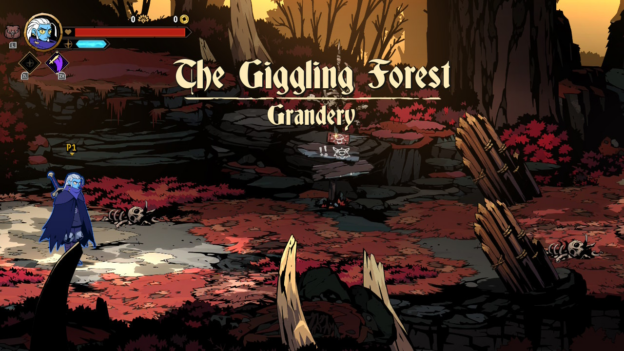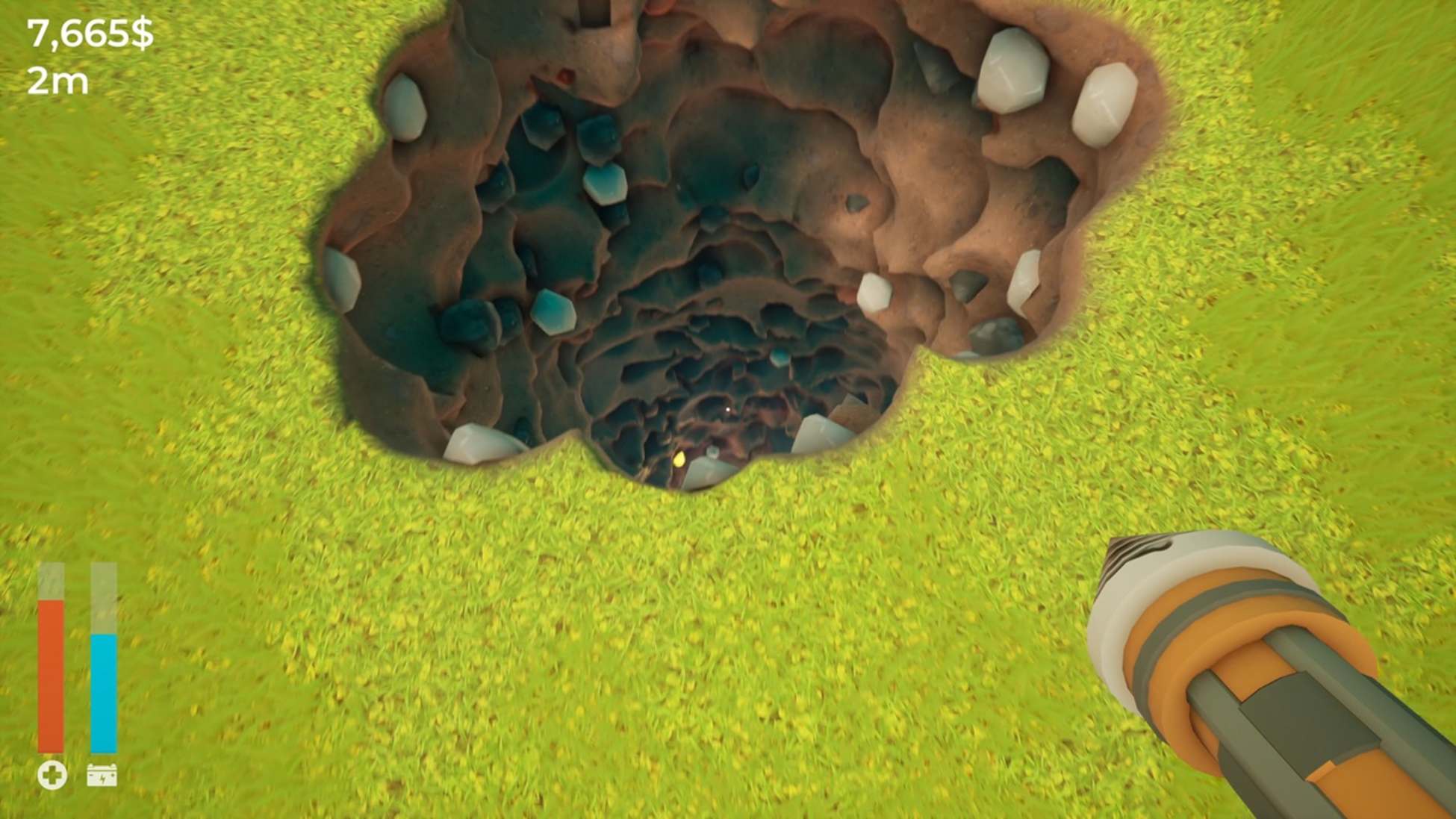Fading Afternoon Review – Review

A man out of time with nothing to lose is a dangerous one.
The independent gaming space isn’t wanting for beat-em-ups, whether retro inspired or a fleshed-out reimagining of the genre. Wayforward has dabbled in both, taking advantage of the River City series with the critically acclaimed River City Girls series and River City Girls 0, which resurrects a formerly Japan-only brawler in the series. Then there’s more obscure titles from smaller development studios or independent creators that add a heaping spoonful of violence in the case of Mother Russia Bleeds, and visually striking and simplified format a la Super Punch Patrol. Fading Afternoon is the third game made by developer Yeo, a small but scrappy studio whose prior games The Friends of Ringo Ishikawa and Arrest of a Stone Buddha wore their inspirations on their sleeve, with unique if underdeveloped gameplay and little direction on how to play them. Fading Afternoon marks their third release and is a game which showcases a growth in gameplay structure and hand-to-hand combat.

Fading Afternoon follows the story of Seiji Maruyama, a seasoned Yakuza freshly released from a stint in prison. He is terminally ill, as evidenced by a first evening of coughing up blood, followed by dialogue you’ll read from other key players such as the Yakuza boss he serves and a hospital nurse who chastises you for reckless behavior, namely turf wars and chain smoking. With his limited time, Seiji sets out on a mission to revive his clan to its former glory as the dominant faction. Like their prior entries, the story comes from sparsely distributed dialogue exchanges with his friends, acquaintances, and enemies. Despite the broader goal, this is Seiji’s personal story first and foremost. His ticking clock informs the actions you take, and how you spend your time feels like an almost impossible choice. Those choices fill the gaps of the bullet-point story beats and to me those more mundane daily moments living in the world feel more meaningful in a story such as this. Despite a limited set of dialogue and things to do, these more mundane activities make the world feel more lived-in than I anticipated. The main story unfolds as you start turf wars with different factions that have occupied the landmarks, with little snippets of written direction and polaroid shots of the next person to confront.
Gameplay is split into two parts – day-to-day life sim and combat. Each morning begins in a hotel room (or on a park bench if you’re in a cheapskate mood). Leaving an area takes Seiji onto a train with a world map that has points of interest spread across it. Each marked space will be named by the landmark you can interact with. For example, your gang’s home base is in the bar district, where an old family friend runs a hot dog stand, and an adjacent bar sells patrons shots, cigarettes, and bottles of liquor you can carry around and pass out on if you overindulge. A carry-over from Friends of Ringo Ishikawa is a dedicated smoking button. You can light up just about anywhere, and it tickles me how such a small action made me feel cool. Call it a carry-over of the Camel or Marlboro man advertising to childhood me, but I would at times take the negative health consequences to give Seiji that added wrinkle of being a man with nothing to lose. Over time, new zones will open up to explore, including a car dealership that increases the limit of 3 area visits to several more in a day, a massage parlor that offers a considerable health increase when used, a hospital to treat serious wounds, a simple and fun batting cage, and a real estate agent who can sell an apartment for a pretty penny but which spares you the daily cost of keeping a hotel room. It’s a big game of time management, figuring out over time how to maximize actions you can take to offset the ticking time clock of his lifespan. All of this is fueled by money you gain by pummeling others.

Juxtaposed to the calm slice of life moments is a complex and messy world of violence. Practically every location will have a gang alignment marker, and there will be hooligans loitering outside or around the city. Holding X and hitting B near them will knock one out and begin the turf war. Generally, you’ll be in hand-to-hand combat with two-to-three at a time, some armed with weapons like a glass bottle or samurai sword. This is a great improvement to The Friends of Ringo Ishikawa, which sometimes had nearly a dozen different characters on-screen in battles that could overwhelm and make it impossible to distinguish between the factions. Seiji’s combat toolkit is a deceptively simple two-button set-up, one for punch and one for kick. The complexity comes firstly with a dodge button used by holding down the punch button, and doing so with directional inputs has him bob-and-weaving like Muhammad Ali. Both the punches and kicks follow the same format – what direction you hold while attacking will dictate the part of the body being targeted, and creates opportunity for combos, grabs, throws, limb snapping, and tackling to the floor for some good old ground and pound. Yeo deserves an award for most improved in this category both in nuance and visual flair. Seiji has a flow in his assault like a well-seasoned combatant. Dodging a bottle, blocking a thug behind me, slipping behind them to roundhouse kick, grabbing a sword out of another’s hand and slicing the next wave with it is smooth as butter. There’s a brutality during that flow state, not excessive but enough to cause a wince or two when bending an arm in the wrong direction or taking out a gun and mowing people down. I’d be remiss to not mention this, and I don’t recommend this one for the kids.
An issue I take that lingers from prior Yeo games is a lack of instructions and guideposts to give direction on what to do or how to do things. There is a tad bit of a tutorial up front, namely about the fighting, that is very welcome. But the user interface leaves something to be desired. I struggled to figure out how to find my health meter and money balance, and never found a dedicated button, instead opting to find a vendor and interacting with them to make them visible. Pausing or hitting the minus button will give a snapshot of options, but some weren’t clearly readable or just provided shorthand descriptions that were unclear. I started by trial-and-error as I played along, but eventually resorted to skimming through Steam forums for more direct answers. While I made it work, it’d have been helpful to have some clarity in the game itself. It’s an added step that’s a nuisance, and one I hope they’ll work to integrate better in future games.
Despite those obtuse instructions, Fading Afternoon is a treat to play. The world feels lived-in thanks to a narrowly focused daily life sim that pairs well with combat that is the most robust work they’ve done to date. Minor user interface issues aside, I find myself thinking about the next time I can boot it up, batter some bad guys (or baseballs), and see whether I can make good enough use of my time to progress the story further. I’ve appreciated witnessing the growth and refinement of Yeo’s development prowess, and this is their best work to date.




